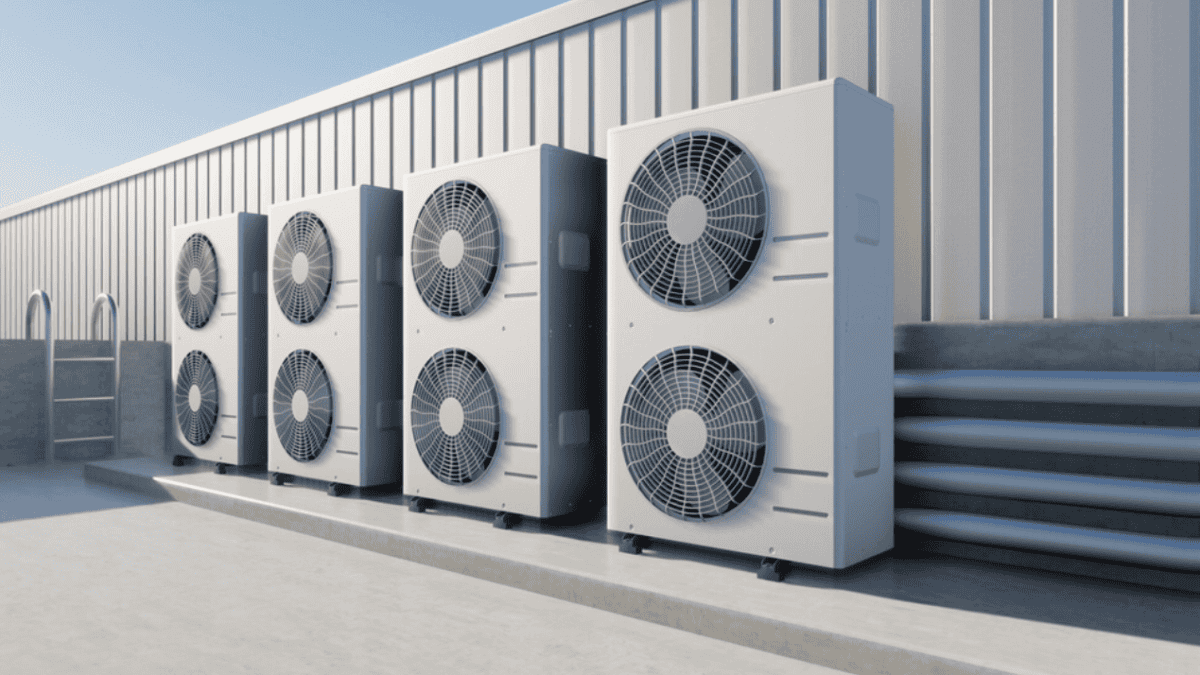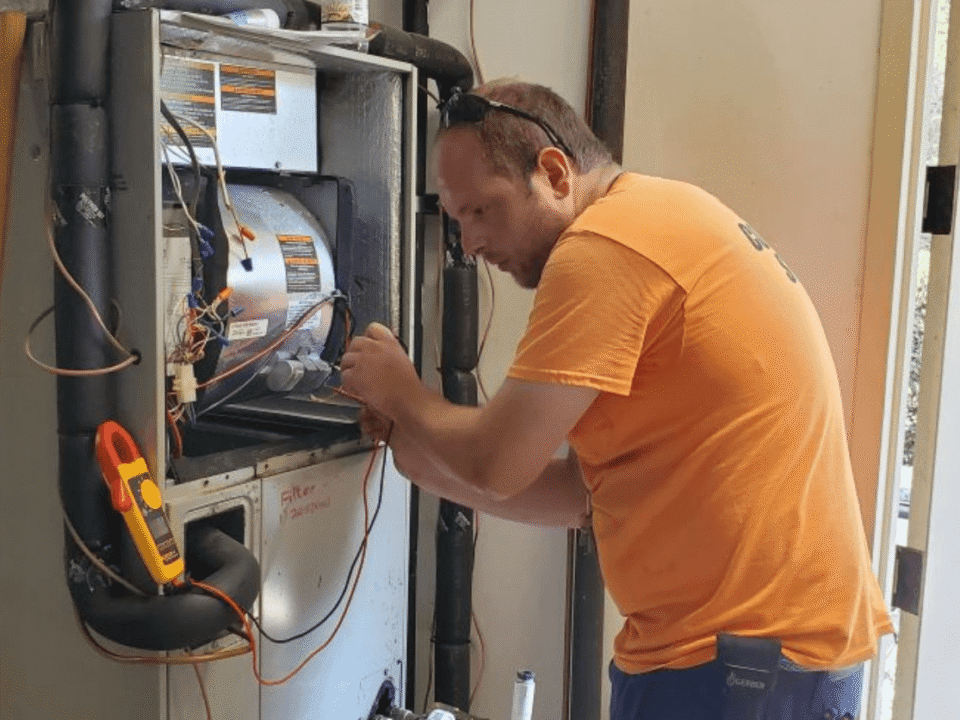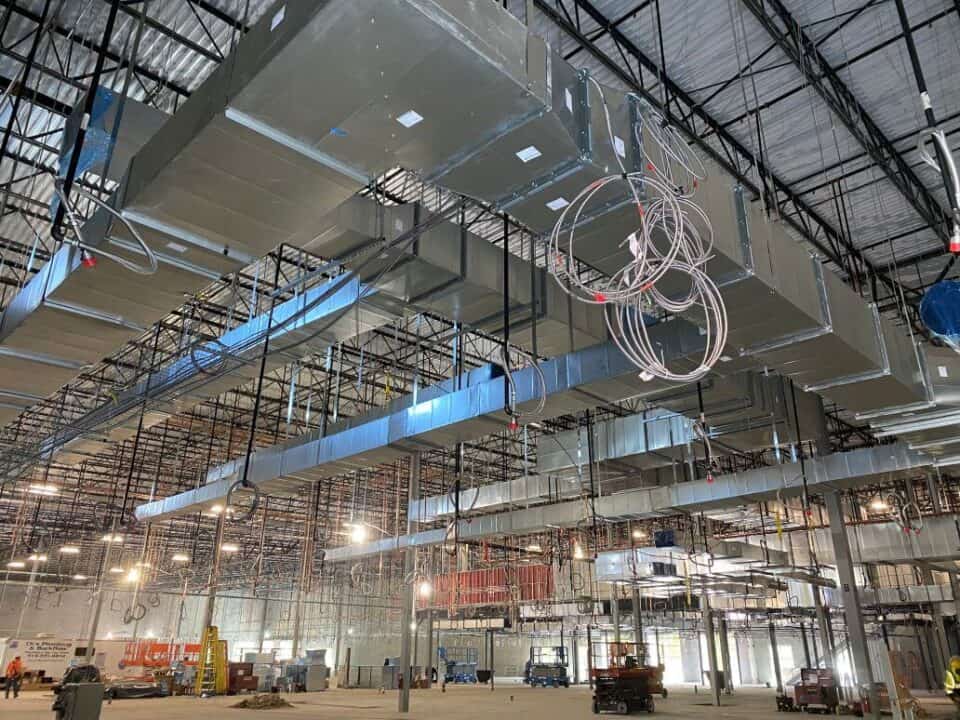
Emergency HVAC Services: What to Do When Your System Breaks Down
March 21, 2024
The Importance of Air Quality Testing for Your Raleigh Property
May 23, 2024Raleigh’s Climate and Its Impact on HVAC System Sizing
Navigating Raleigh’s Climate: HVAC System Sizing Essentials
As the leading HVAC company in Raleigh, we understand that climate is one of the most critical elements influencing how heating and cooling systems perform. The weather in Raleigh, NC, is known for its dramatic seasonal swings, from sticky summer heat waves to brisk winter mornings. These variations present unique challenges when it comes to HVAC system design, installation, and maintenance.
Proper system sizing impacts comfort, energy bills, equipment lifespan, humidity control, and even indoor air quality. In this blog, we’ll dive into the specifics of Raleigh’s climate and explore how it shapes HVAC system sizing decisions for both homeowners and businesses.
Understanding Raleigh’s Climate
Raleigh is located in the heart of North Carolina’s Piedmont region, and like much of the Southeast, it falls under a humid subtropical climate zone. This means:
- Hot, humid summers: Temperatures frequently climb into the upper 80s and 90s, with relative humidity often hovering above 70%. Heatwaves and tropical air masses are common, especially from June through September.
- Mild, variable winters: Winters rarely bring extreme cold, but nighttime lows can dip into the 30s, with daytime highs usually in the 40s and 50s. Occasionally, cold snaps and even light snow events occur, but they are short-lived.
- Transitional spring and fall seasons: These periods bring fluctuating conditions – warm one day, cool the next. Pollen is also a seasonal concern, which adds to indoor air quality challenges.
The key takeaway? Raleigh’s climate places heavy emphasis on cooling performance and humidity management, but heating cannot be ignored. HVAC systems must be designed for flexibility, efficiency, and resilience.
Why HVAC System Sizing Matters
System sizing refers to the process of determining the correct capacity – measured in tons for cooling and BTUs for heating – that an HVAC system needs to keep a space comfortable year-round. Getting this calculation wrong can have serious consequences:
- Oversized system: Cools the house too quickly, leading to “short cycling.” This wastes energy, increases wear and tear, and fails to remove enough humidity from the air.
- Undersized system: Runs constantly without ever reaching set temperatures, leaving occupants hot, sticky, and frustrated.
- Properly sized system: Runs in longer, efficient cycles, providing consistent temperatures, controlling humidity, and saving money on utility bills.
This balance is especially delicate in climates like Raleigh’s, where high humidity levels complicate traditional cooling loads.
Heat Load Calculation
The foundation of HVAC sizing lies in a load calculation, an industry-standard method that takes into account:
- Home size and layout
- Insulation levels and window quality
- Orientation and exposure to sunlight
- Number of occupants and appliances
- Local climate conditions
For Raleigh, the most critical factor is cooling load during peak summer months. A system must be able to handle July afternoons when outdoor temperatures hit the 90s with humidity levels near tropical levels.
However, oversizing to meet those rare peaks is a mistake. Instead, HVAC professionals design systems for average high conditions, then use technologies like variable-speed compressors and zoning systems to handle fluctuations without sacrificing efficiency.
Humidity Control
Ask any Raleigh resident what makes summer uncomfortable, and most will say it’s not just the heat: it’s the humidity. High moisture levels make the air feel warmer than it actually is, increasing reliance on air conditioning.
But here’s the catch: not all cooling systems manage humidity effectively. A poorly sized or basic single-stage system may lower air temperature but leave the air clammy and damp. Over time, this can lead to:
- Mold and mildew growth
- Poor indoor air quality
- Damage to wood floors, furniture, and building materials
- Increased discomfort, even at cooler thermostat settings
When humidity is under control, the home feels cooler at higher temperatures, reducing overall energy use.
Energy Efficiency
Energy efficiency is a practical necessity in Raleigh. With months of heavy cooling demand, an oversized or inefficient system can cause utility bills to spike dramatically.
Proper system sizing directly improves efficiency by:
- Reducing short cycling, which wastes energy
- Ensuring consistent airflow, which keeps ductwork balanced
- Allowing the system to operate in its most efficient performance range
Paired with high-efficiency equipment, correct sizing can lower energy bills by hundreds of dollars annually. For commercial properties, the savings are even more substantial.
Adaptability to Seasonal Variations
Raleigh may be cooling-dominant, but winters still demand attention. On cold mornings, especially during the occasional Arctic blast, heating systems need to deliver reliable warmth. Properly sized units with variable-speed capability maintain comfort smoothly without sharp temperature swings.
Additionally, zoning systems can adapt to seasonal changes by directing heating or cooling only where it’s needed, such as bedrooms at night or sun-exposed rooms during the day.
We Can Install the Right Sized HVAC System for Your Home or Business
Raleigh’s climate poses a unique set of challenges for HVAC system sizing. Oversized or undersized systems not only compromise comfort but also waste energy and shorten equipment lifespan.
By understanding the unique challenges posed by Raleigh’s climate and implementing appropriate solutions, residential and commercial owners can enjoy optimal comfort, lower energy bills, and extended equipment lifespan.
As your trusted HVAC partner in Raleigh, we’re committed to helping you navigate these challenges and ensure your home or business remains comfortable in every season.



